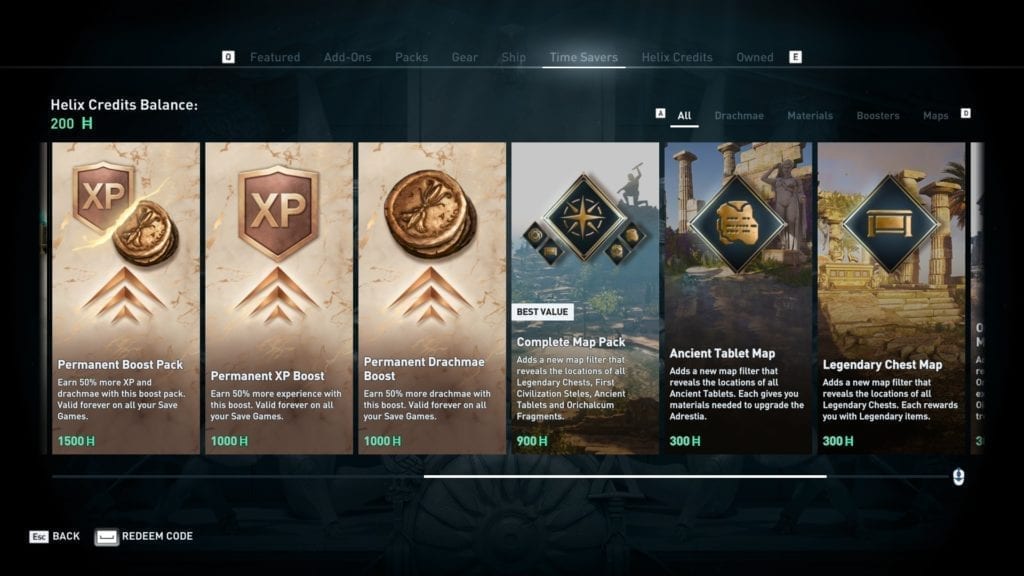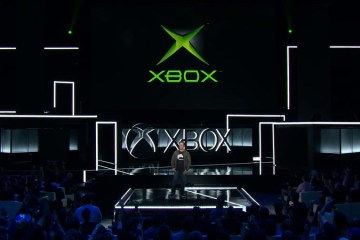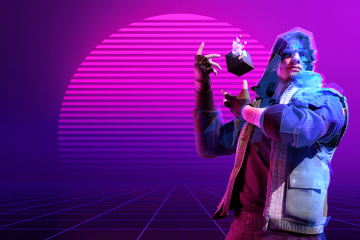Recently it has been revealed that NBA 2K21 will be upping the price by $10 for the next-gen iteration. This specific game is going from the industry standard price of $60 to $70 and that doesn’t include state and/or federal taxes. Nor does it include foreign sales prices. The reaction to this price hike has been seen as nothing but negative. Despite this being seen as a bad precedent, it is so far the only game that has been announced at this increased price. It doesn’t mean every game from here on out would be priced the same. But on the other hand this is the game industry which is infamous for normalizing loot boxes and intense crunch periods at big name studios.
The price increase of $10 isn’t so bad in the grand scheme of things, but people are collectively bargaining on the matter. “I have no problem paying $80 for a game if it doesn’t have microtransactions or DLC.” As much as I agree with that overall concept, I don’t understand the dream world scenario where one believes that companies would adhere to such an idea. At first it could happen and it kind of is. We are already experiencing games with small dabs of free content, but the switch is so easily flipped; especially with companies like Activision, EA, and Ubisoft.

In one case, people could say that price hikes have been somewhat normalized by the copious amounts of special editions. Some people don’t mind paying $80 for a game today because they have been used to paying $100+ for any special edition that comes with a plastic statue. The problem is that we are not going to get the cool stuff for the same price. Those special editions will go up in price as well. I recall at one point where $100 special editions came with something that was more than a season pass and steelbook case. I remember several games giving you physical items at the $100 price point, but that is no longer the case. Call of Duty was infamous for releasing over the top collector’s editions that featured some useless but cool stuff. Items like night vision goggles and radio controlled cars with cameras were just some of the highlights. Unfortunately, companies have rolled these concepts back gradually. This was all done in favor of where companies really make their money: micro-transactions.
Several iterations of Call of Duty implemented micro-transactions months after the games have been reviewed with a positive outlook. Reviews were unable to mention any sort of micro-transactions and therefore couldn’t notify readers about the ways Activision tried to take your money. Other Activision titles like Crash Team Racing also received updates that included micro-transactions months after launch. Even single player games have seen elements of micro-transactions. Deus Ex: Mankind Divided had micro-transactions so you can boost your character up. Shadow of War had micro-transactions but were later pulled. Assassins Creed Odyssey extorted an additional $10 from players for an experience point boost that made the grind easier (or normal as some say). It has gotten to a point where people praise companies like CD Projekt Red for saying their games do not include any sort of micro-transactions. I mention micro-transactions a lot because it’s the best example of the industry creating a massive change in small increments.

Micro-transactions started incredibly small and almost innocuous. You would spend $2 here or there for small things like horse armor, or a song in Rock Band. Eventually over time they get a little more expensive but not to a level that seemed too ridiculous or out of hand. There was this gradual incline and soon $5 became the normal amount to spend only because the price was going up and we never really cared to make noise over it. But it didn’t stop there as that $5 turned into $10, which then turned to $15, and so on. Now we are looking at Fortnite skins that can be purchased for $20. We have snowballed into a massive deluge of spending and we have openly accepted it without a blink of an eye. It’s even worse for younger generations as they are growing up with the normalization of micro-transactions in modern gaming. Spending small bursts of money here and there will be the only aspect of gaming they know, so it is up to us to ensure that this bleak future doesn’t become normalized.
I look at this scenario and I can’t help but shake the feeling that there is no single good reason to tack on an extra $10 to a game. When you step back, you start to realize it is more than just $10 that Take Two is asking for. The NBA2K series is proof that they will not stop at $10, they will continue to contort the NBA gaming franchise into a glorified casino filled to the brim with predatory micro-transactions that prey on the uninhibited. As for other companies, setting this precedent will continue to go further as they claim additional development costs while also boasting increased quarterly profits in the millions. CEOs will continue to see million dollar bonuses while they lay off hundreds of staff members. We absolutely cannot trust major publishers to keep the promise of offering more expensive games without any strings attached.
If $70 becomes the normal price of a video game, with collectors editions hitting even more expensive price points, we can see several effects possibly occur. Perhaps people will see the cost of gaming and think twice about what they purchase and if it is worth it. Others may not partake at all and wait for sales. More people might end up subscribing to programs like PlayStation Now or Xbox Gamepass. I also cannot leave good ole piracy off the list. As the saying goes “If there is a will, there is a way.”

At times it may feel as if we are not in control of this at all, but the truth is, we are. The most powerful tool we have is money, and if we don’t spend it, these companies won’t get it. Yes, it’s very hard to not buy a game sometimes and even harder to get people to join in your boycott crusade, as many have failed before. But not everything is so bleak as independent developers display a vast market of unbelievably great titles for a much lower price. Supporting small developers also goes a long way. Instead of allowing a CEO to buy and sell a multitude of stocks, we give small developers the chance to live their dreams and create beautiful works of art.
As we go into the next generation of games we need to accept some harsh truths. We also need to understand restraint, we need to learn how to properly gather information, and we need to better educate ourselves on what we are spending our money on. As I said before, we hold a lot of power, and it is up to us to use it wisely. If you think $70 is too much for a game, then do not buy it. But if you are fine with the price point, and you feel that you are getting your money’s worth, then by all means, I cannot stop you from buying it. All I ask is that you properly educate yourself and don’t walk in blind to a situation that could have easily been avoided by a simple search. Remember the only thing more valuable than money is your time.


